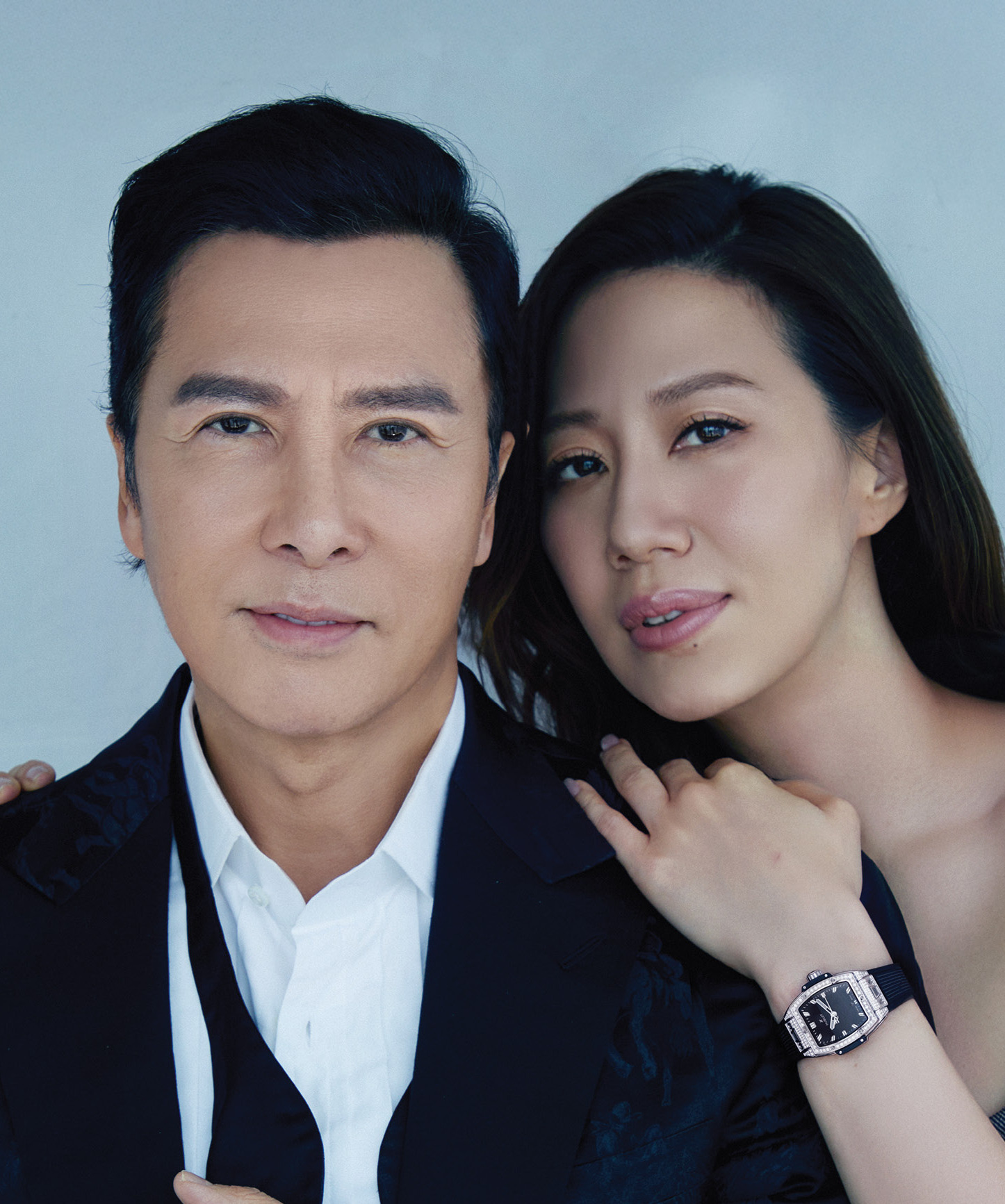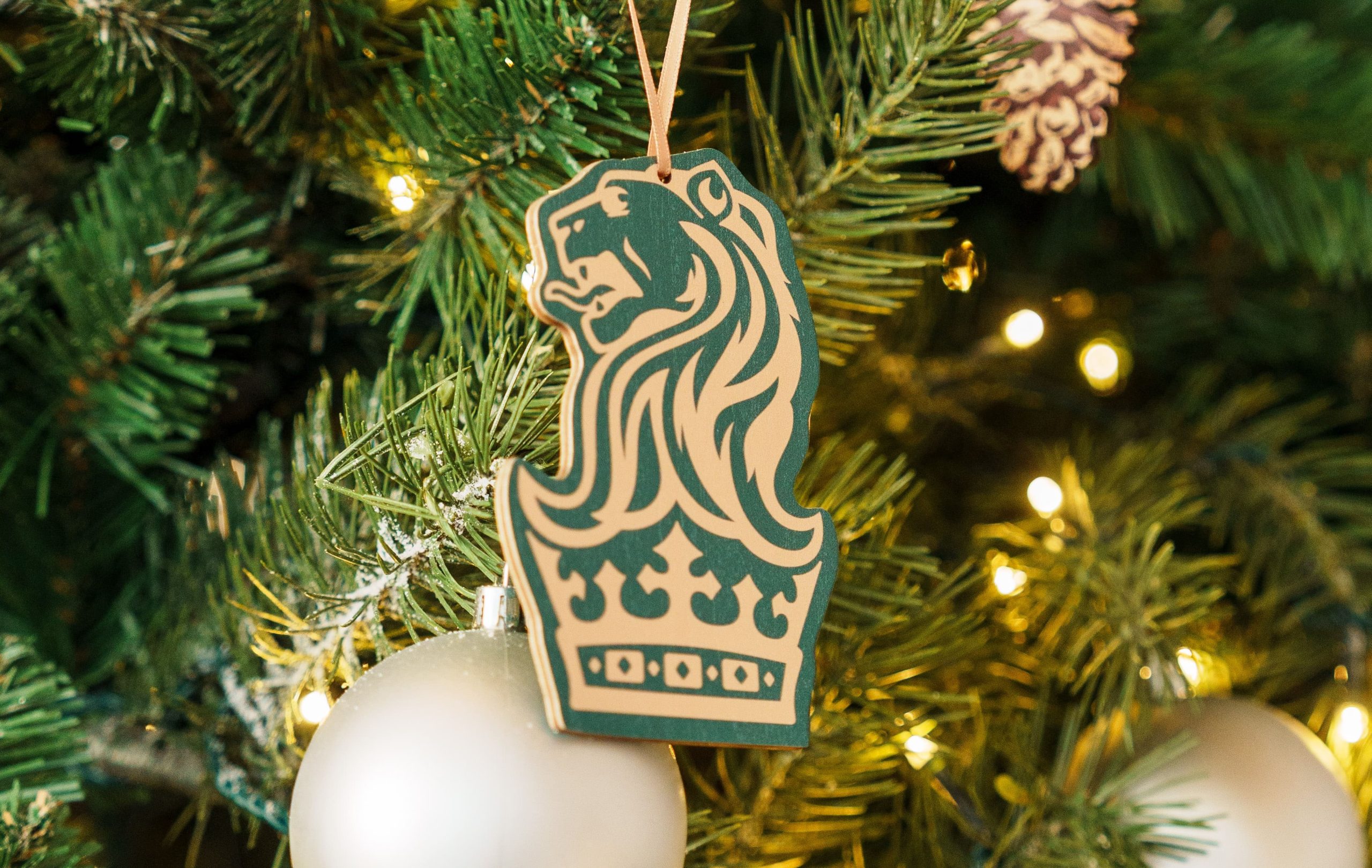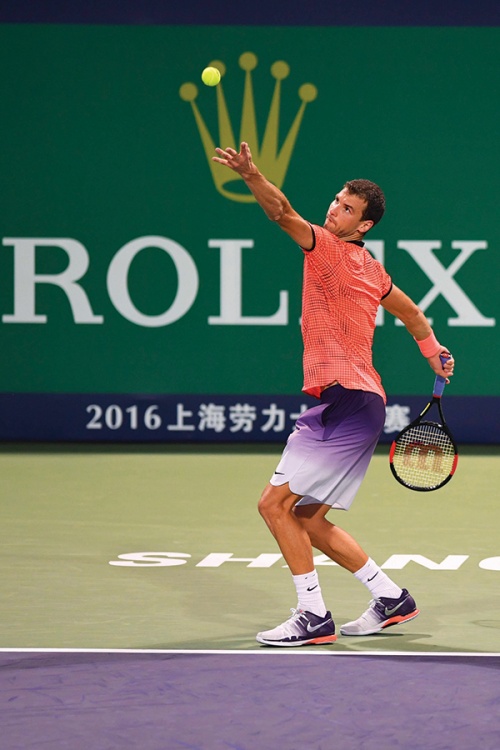
Sport is one of the few things in the world that can unite people, no matter their cultural background, social standing, ideals or beliefs. Millions of people tune in to watch the World Cup or the Olympics. Many take part in various sports themselves. Brands have always found ways to tie themselves to sport. Watch brands in particular find various sports a good match: so many sporting events rely on time-keeping, and watch brands can tap the following each event attracts.
One watchmaker that has proved a good match for games people play is Rolex, which has had an attachment to sport and other human endeavours since the inception of the brand. Rolex founder Hans Wilsdorf established the watchmaker when wristwatches were still regarded as fragile accoutrements. He changed the way people viewed wristwatches by making one that was robust and reliable, suitable even for sporting types and other active people. The result was the Oyster. Introduced in 1926, the Oyster was the world’s first water-resistant wristwatch.
Keen to show that his invention worked, Wilsdorf equipped a young British swimmer, Mercedes Gleitze, with an Oyster when she swam the English Channel in 1927. Gleitze emerged from the water after her 15-hour swim with the Rolex on her wrist still in perfect working condition, so becoming, in effect, the first of Rolex’s brand ambassadors, or as Rolex calls them, testimonees.
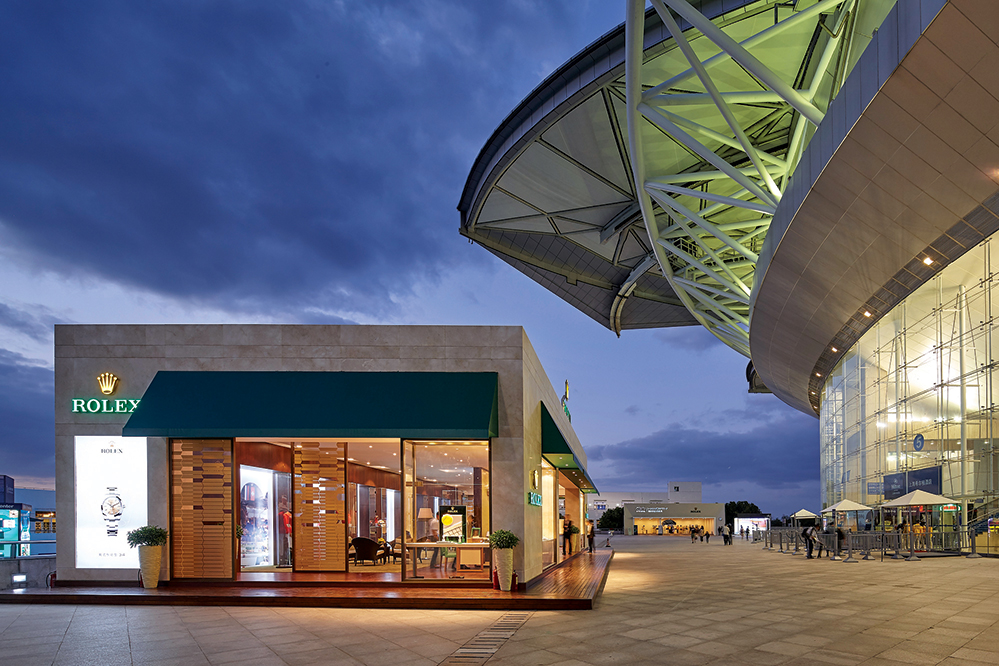
In its pursuit of excellence, Rolex continues to use the real world as its testing ground, demonstrating the precision and performance of its watches time and time again in all sorts of conditions: on land, at sea and in the air; from the depths of the ocean to the highest peaks. Its experiments have led to many sports becoming part of Rolex’s heritage. Equestrianism, motor sport, golf, yachting and tennis have all played key parts in Rolex’s brand development.
In particular, Rolex and tennis make a victorious team. The partnership began in 1978, when Rolex became the official timekeeper of Wimbledon, the world’s oldest tennis tournament. Since then, Rolex has been a tremendous supporter of tennis, putting its full weight behind other big tennis tournaments, including the Shanghai Rolex Masters, the Monte-Carlo Rolex Masters, the Barclays ATP World Tour Finals and two Grand Slam tournaments: Wimbledon and the Australian Open. The Shanghai Rolex Masters is special for being one of the nine ATP World Tour Masters 1000 tournaments, and the only one held in Asia. It is played at the Qizhong Stadium in Shanghai in mid-October. The men’s tennis event is supported by Rolex and the Shanghai government.
Since joining forces with professional tennis, Rolex has had many players among its brand ambassadors, all admired for their sportsmanship and dedication. Rolex selects only the foremost players. The legendary Roger Federer and Björn Borg are ambassadors that have sported Rolexes on court, as have Ana Ivanovic, Caroline Wozniacki, Sloane Stephens and Chris Evert. Three of Rolex’s testimonees played in this year’s Shanghai tournament: Jo-Wilfried Tsonga of France, Grigor Dimitrov of Bulgaria and Milos Raonic of Canada.
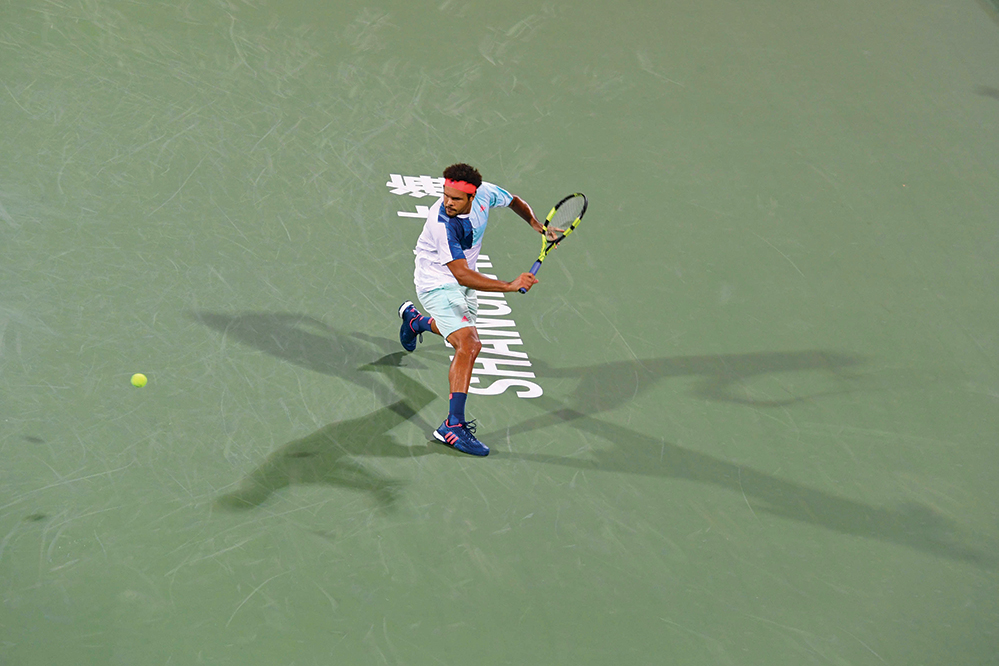
Britain’s Andy Murray beat Spain’s Roberto Bautista Agut in straight sets on October 17 to claim the Shanghai Rolex Masters title. The champion’s prize is an Oyster Perpetual Datejust 41, a version introduced only this year, during Baselworld.
First produced in 1946, the Datejust set the mark for all other watches to try to beat. The model was so popular that Rolex kept on reinventing it, introducing new versions over the years. The new, two-tone 41-millimetre model has a sunburst dial and fluted bezel design, much like its predecessors, the Datejust 36 millimetre and the Datejust II. The Datejust 41 is newly equipped with the Rolex calibre 3235, an automatic movement with a power reserve of 70 hours. The new in-house movement has 14 patented parts and a Parachrom hairspring, said to be 10 times more precise than an ordinary hairspring.



